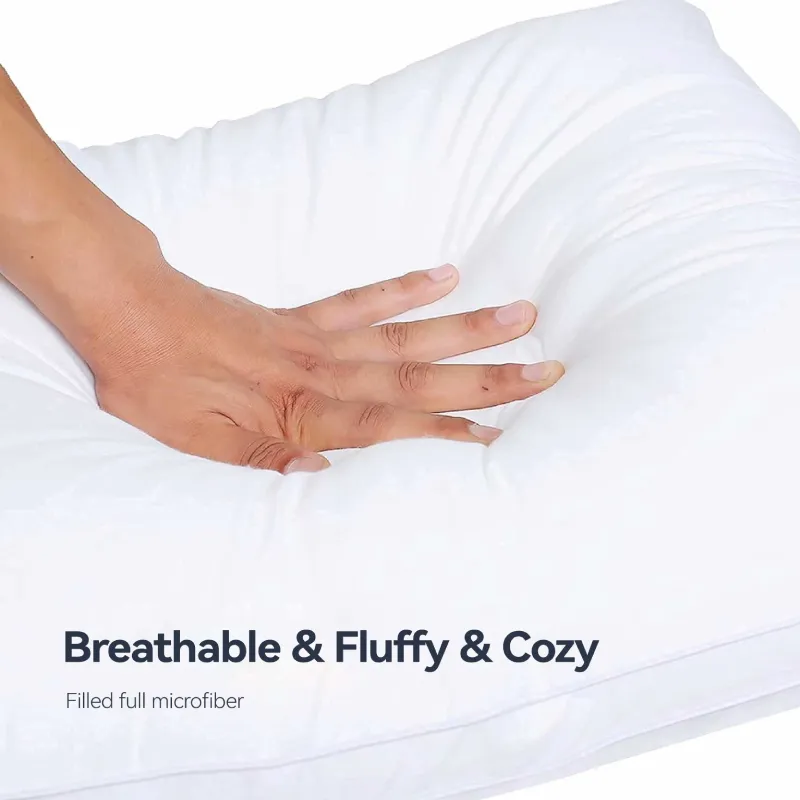Exploring the Benefits of Utilizing Top Sheets in Bedding Solutions
The Use of Top Sheets in Bedding A Comprehensive Overview
When it comes to bedding, the debate over the necessity of a top sheet has been ongoing for years. The practice of using a top sheet — a flat sheet placed between the sleeper and the blanket or comforter — varies widely across different cultures, lifestyles, and individual preferences. This article aims to explore the use of top sheets, unraveling the pros and cons, examining cultural attitudes, and ultimately highlighting their role in the bedding ecosystem.
The Pros of Using a Top Sheet
1. Hygiene One of the primary reasons people opt for a top sheet is for hygiene. A top sheet acts as a barrier between the sleeper’s body and the blanket or comforter. This barrier can help keep the blanket clean for longer, as it collects sweat, skin oils, and other debris. By washing the top sheet regularly, one can maintain a fresher sleeping environment without the need to launder the bulkier blanket as frequently.
2. Temperature Regulation Top sheets provide an excellent solution for those who experience fluctuations in body temperature while sleeping. They allow sleepers to fine-tune their comfort level without the added weight of a comforter. During warmer months, using just a top sheet can be enough, while colder months can call for the addition of a blanket on top.
3. Versatility The use of a top sheet can also enhance versatility in bedding arrangements. They come in various materials, patterns, and colors, enabling individuals to mix and match according to their aesthetic preferences. Changing the top sheet can refresh the look of a bedroom without the need for a complete set change.
The Cons of Using a Top Sheet
1. Extra Laundry One of the main arguments against top sheets is that they contribute to extra laundry. Some individuals feel that having an additional layer to wash is an inconvenience, particularly in a busy lifestyle where laundry can pile up. This concern is especially relevant in households with multiple family members or children.
use of top sheet

2. Personal Preference Some people simply find top sheets unnecessary. Many enjoy the direct contact with their comforter or duvet, feeling that it adds to the coziness of their bedding. This preference can stem from cultural norms or personal habits, as some regions, such as Europe, often forgo the top sheet altogether.
Cultural Perspectives on Top Sheets
The usage of top sheets varies greatly from culture to culture. In the United States and Canada, the top sheet is a standard part of bedding sets, typically found in nearly all households. In contrast, a significant number of European countries tend to favor duvet covers without a top sheet. The duvet is often used directly on the bed, sometimes with a lighter, decorative cover for warmth. This difference showcases how cultural norms significantly influence individuals' attitudes toward bedding practices.
Environmental Considerations
In recent years, discussions surrounding environmental consciousness and sustainability have also impacted the debate over top sheets. For those looking to reduce their ecological footprint, the idea of less frequent laundry may lead some to forgo top sheets altogether. By minimizing the amount of fabric and laundry, individuals can decrease water and energy usage, aligning with eco-friendly living practices.
Conclusion
In conclusion, the use of a top sheet remains a personal choice steeped in practicality, cultural norms, and individual comfort preferences. While they offer benefits in hygiene, temperature regulation, and aesthetic versatility, some may find them cumbersome or unnecessary. As the discourse around bedding continues to evolve, it’s essential to acknowledge these varying opinions and choose what feels best for you. Ultimately, whether or not to include a top sheet in your bedding setup depends on your lifestyle, cultural background, and, above all, your comfort.
-
Elevating Comfort and Quality with the Right Bed LinenNewsJul.07, 2025
-
Bedding Essentials: From Percale Sheets to White Quilts, Finding Your Perfect Sleep HavenNewsJul.07, 2025
-
Choosing the Right Bedding for a Comfortable and Stylish BedroomNewsJul.07, 2025
-
Understanding the Diverse World of Towel TypesNewsMay.29, 2025
-
The Ultimate Comfort: Discover the Benefits of Polycotton SheetsNewsMay.29, 2025
-
Experience Luxury with 1800 Brushed Microfiber SheetsNewsMay.29, 2025
-
Elevate Your Sleep with Luxurious Hotel Sheets for SaleNewsMay.29, 2025






